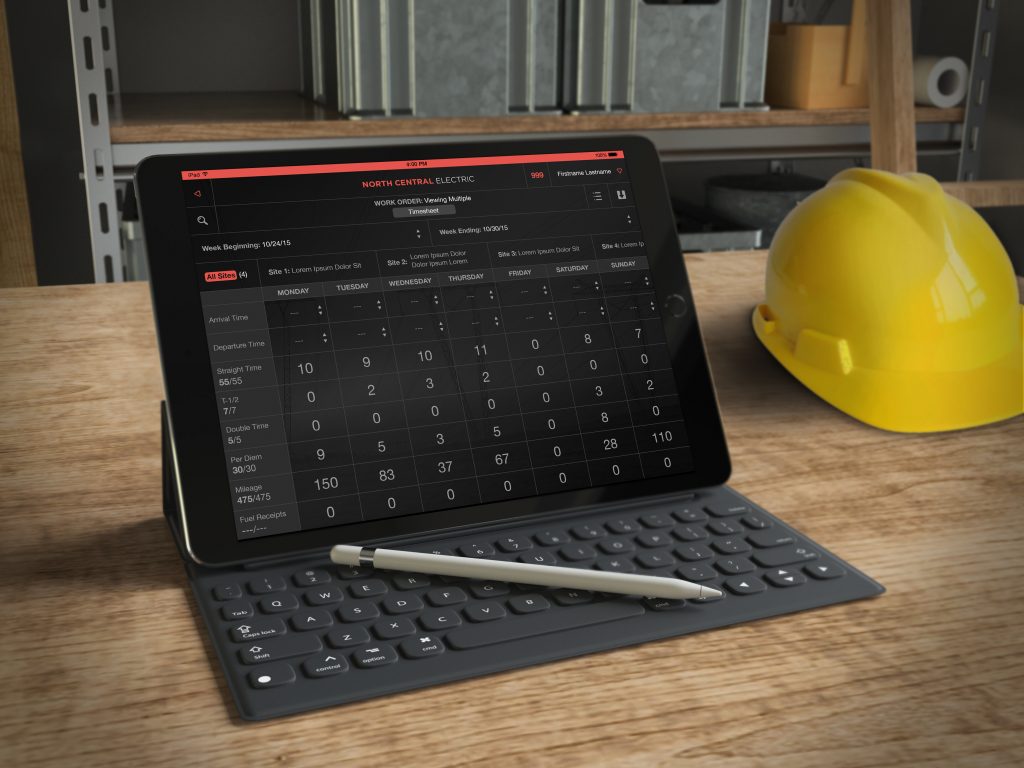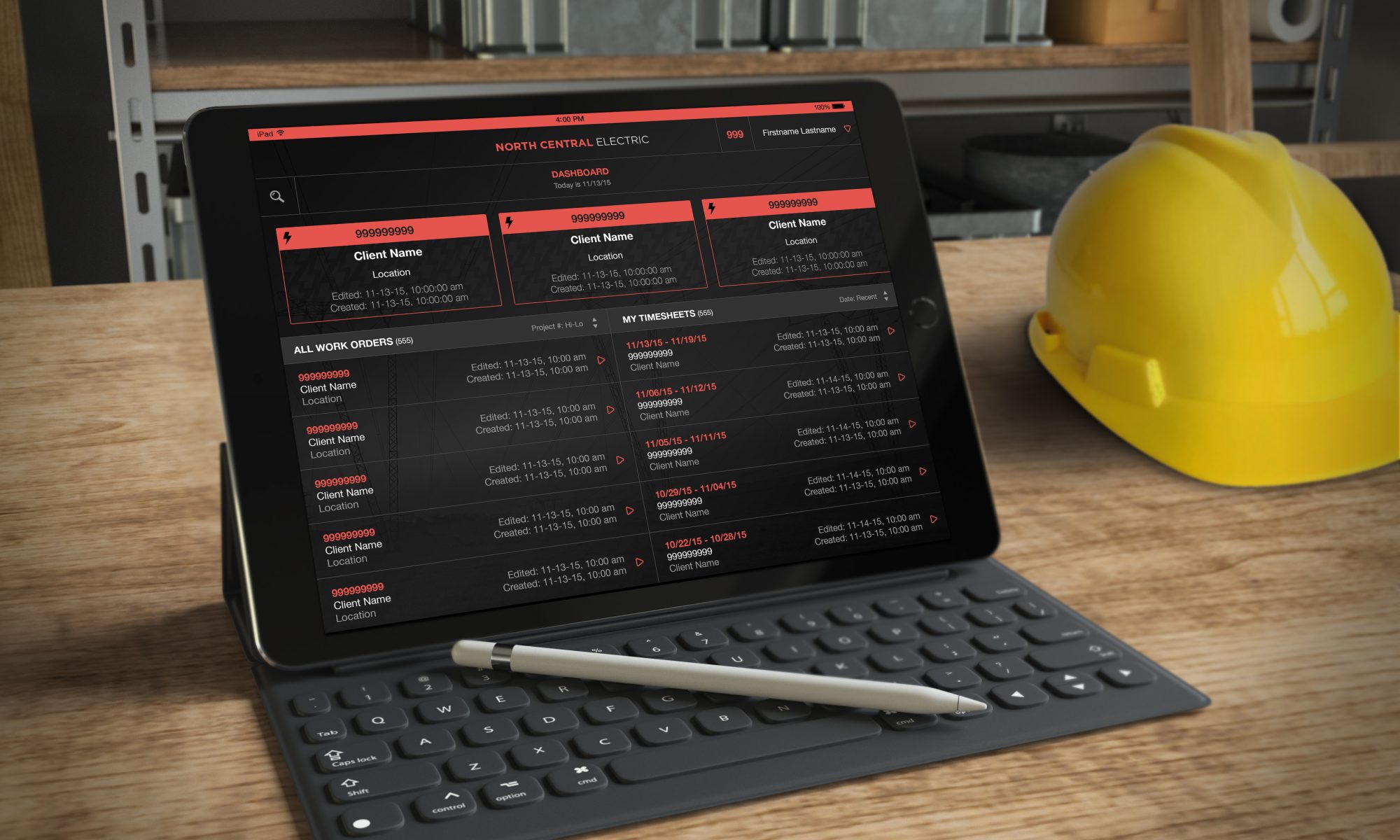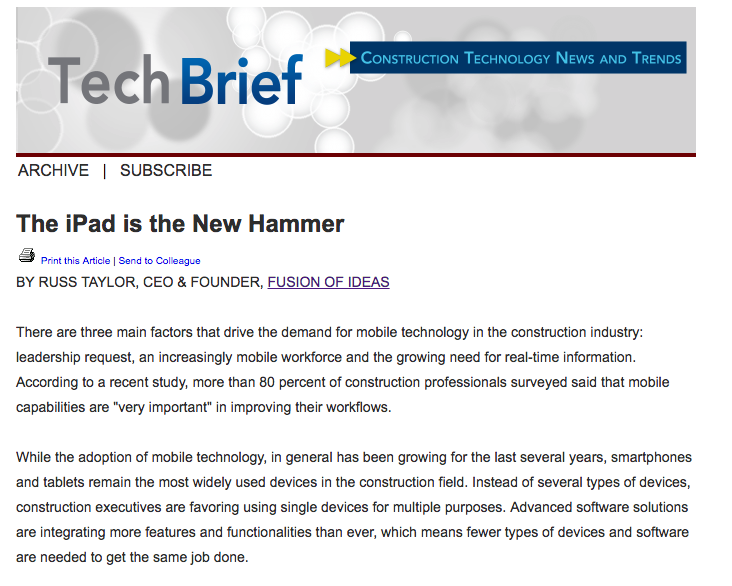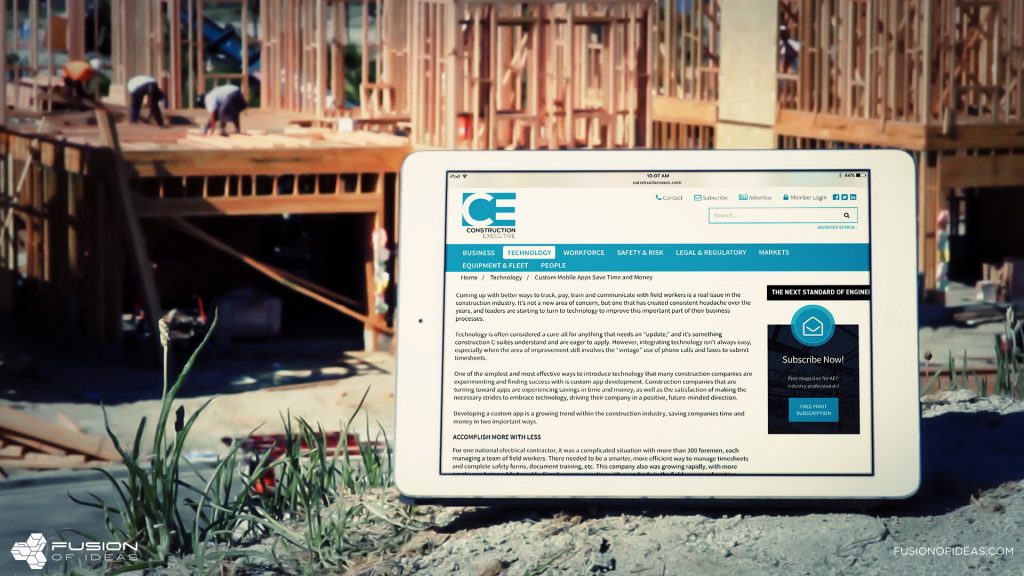Part of sustaining a business, no matter the industry, is staying current and rolling with change. In the construction business, many companies are held up with time tracking, offline capabilities, field data capturing challenges, which are the most common pain points in the industry.
Because these challenges disrupt the daily workflow, a savvy software implementation to overcome these obstacles can be the difference between winning a project bid or not.
While there are easy, off-the-shelf solutions to each of these areas, it’s not as cost-effective as you may think. SaaS spend and adoption continued to grow quickly across all company sizes. In 2018, the average company spent $343,000 a year on SaaS, a 78% increase from the previous year.
A custom software, one that can tackle your entire workflow in one single app is customized for your business to help these common pain points:
- Time Tracking – Time tracking in the field is a common pain point in construction. Even with time-tracking software, many solutions have a complicated user interface or depend on connectivity to the Internet.

- Offline Capabilities – If you’re using web-based field software that doesn’t have offline capabilities, your workforce may be delayed in completing critical tasks like inspection reports and safety incident reports.

- Data Collection – Gathering and sorting essential business data can be a time-consuming task, especially when data is being collected in several programs or platforms. Chances are, the bigger your organization, the more apps or software your company may be using. And having data in various places offers more risk in errors when collecting data, which can hinder critical business decisions.

- Real-Time Communications – Communication is the backbone of all efficient operations. Improving communications can massively streamline operations and improve accuracy by allowing real-time communication between all members invested in a project on the field and at the office.







 There are three main factors that drive the demand for mobile technology in the construction industry: leadership request, an increasingly mobile workforce and the growing need for real-time information. According to a recent
There are three main factors that drive the demand for mobile technology in the construction industry: leadership request, an increasingly mobile workforce and the growing need for real-time information. According to a recent 


 Fusion of Ideas
Fusion of Ideas